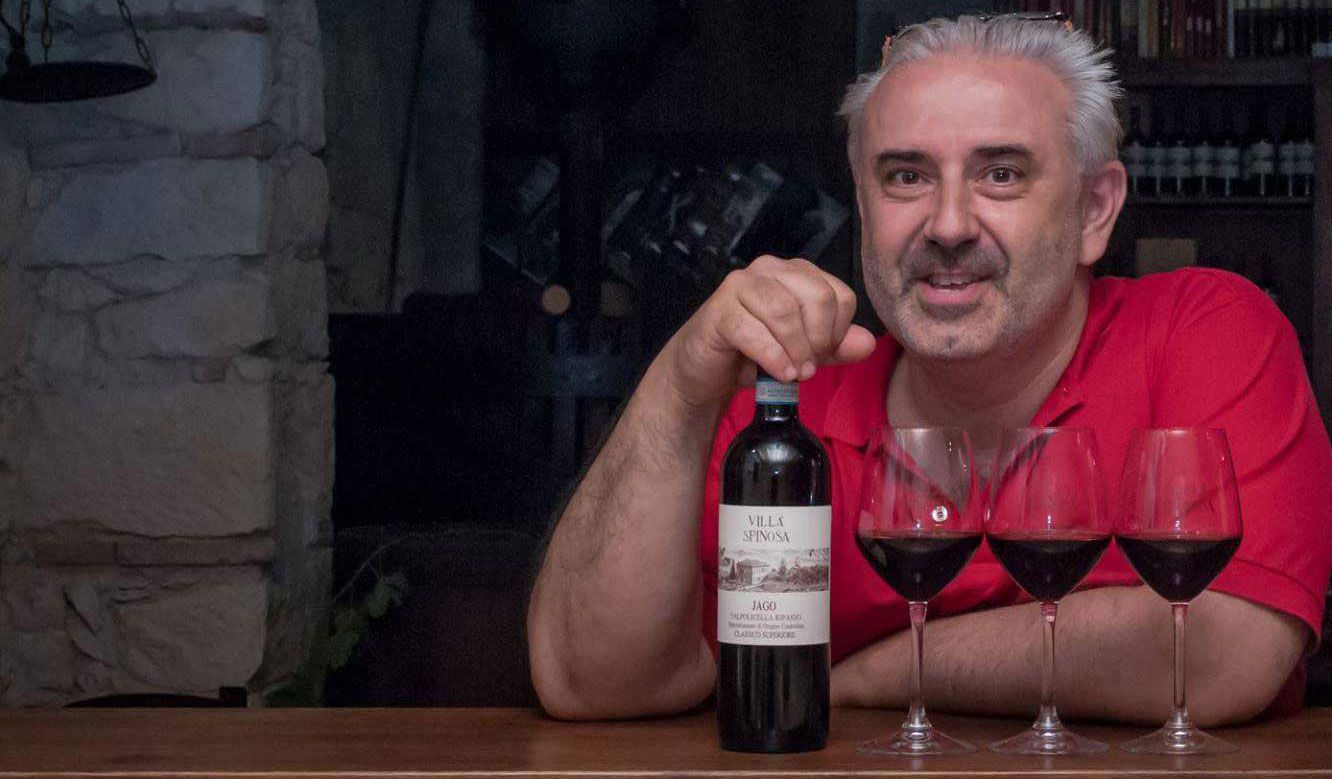Agriturismo Corte Spinosa
Verona
Verona
Many factors, including the pleasant geographical position of Verona (the junction between the Padana plains and the transalpine villages), the presence of the River Adige, the long-established communication route between the Adriatic Sea and Central/Northern Europe and the continental climate which is somewhat mitigated by the vicinity to Lake Garda, have attracted, even back to prehistoric times, different ethnic groups to the area. These elements have also favoured encounters between people and cultures and contributed to the development of trade in the area.
The Romans were the first to outline the urban development of Verona which became an official roman city in 49 A.C. They left many impressive remains which have stood the test of time including the Gavi Arch, Porta Borsari, Porta Leoni, Ponte Pietra, the Roman Theatre and, above all, the amphitheatre known as the Arena. This is now the magical setting for the Veronese Opera season, one of the most well-known and highly esteemed international opera events in the world.
In the medieval times, Piazza Erbe which was already a Roman Forum and the hub of economic activity, was also the site for the construction of many important buildings and monuments including city council offices (and later the offices for the Della Scala Family), the Torre dei Lamberti, the Merchants House (Domus Mercatorum), the Torre del Gardello, the buildings in Piazza dei Signori, and the old market. The Scaligera arches and Castelvecchio were erected during the "scaligero" age, (when the Della Scala family ruled), as a celebration of the greatness of the family. There are many examples of Romanesque religious architecture in the city including the churches of San Zeno, the Duomo, San Giovanni in Fonte, San Lorenzo, San Stefano, San Giovanni in Valle and Santissima Trinità. There are also examples of Gothic architecture including Sant' Anastasia, San Fermo Maggiore and Sant' Eufemia.
The prestige of Verona grew during the domination of the Serenissima family (15th - 18th Cent.) thanks to the works of the Veronese architect Michele Sanmicheli (16th Cent.) who not only created beautiful, classical buildings and churches, but also gave the city new walls and doors. He was responsible for the reorganisation of the previous wall belt which was ordered by Cangrande della Scala (13th Century) and the creation of five monumental gates to the city: Palio, Nuova, San Zeno, San Giorgio and Vescovo.
The story of "bella Verona", as described by Shakespeare, is unavoidably linked to the tale of Romeo and Juliet. All lovers visiting the city must stop by Juliet's house in Via Cappello to take a look at the famous balcony.
Other places which are also worth a visit are the Museum of Castelvecchio, (with a precious collection of medieval artefacts), the Archaeological Museum in the Roman Theatre, the epigraphic museum (Museo Lapidario) created in the 1700s by Scipione Maffei and the Civil and Natural History Museum housed in the Palazzo Pompei which dates back to the 1500s.
Request information

Do not hesitate to contact us for more information on our farm.
It will be our pleasure to introduce you to all our proposals Create your own beautiful holiday in the heart of the Valpolicella.


